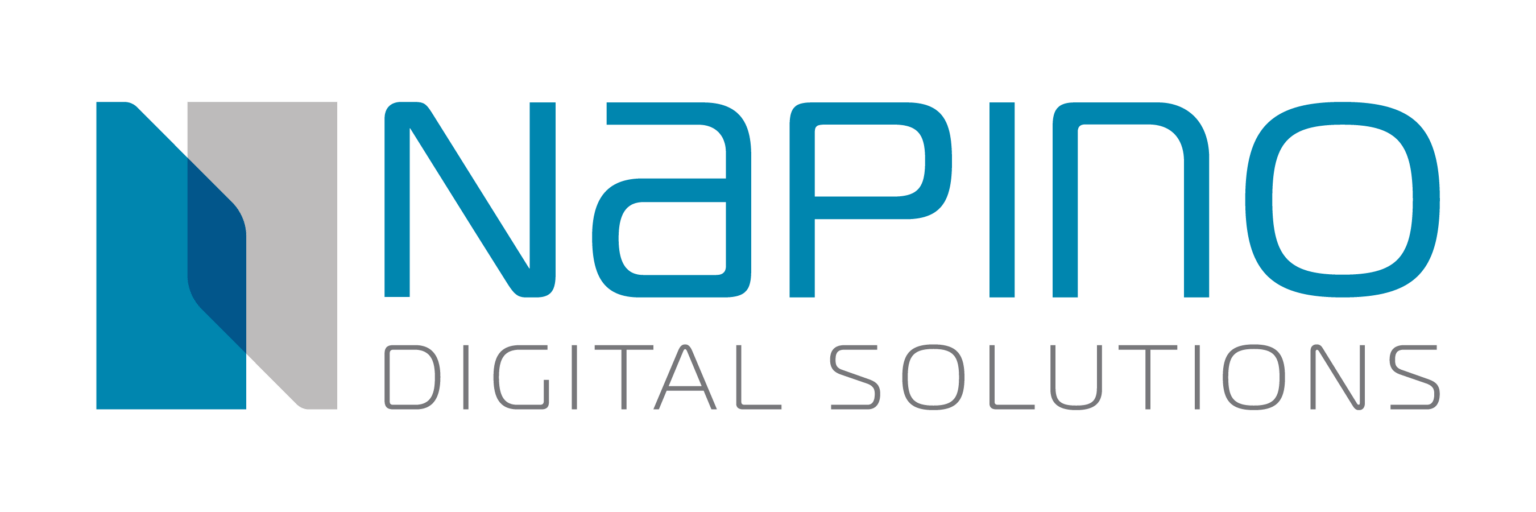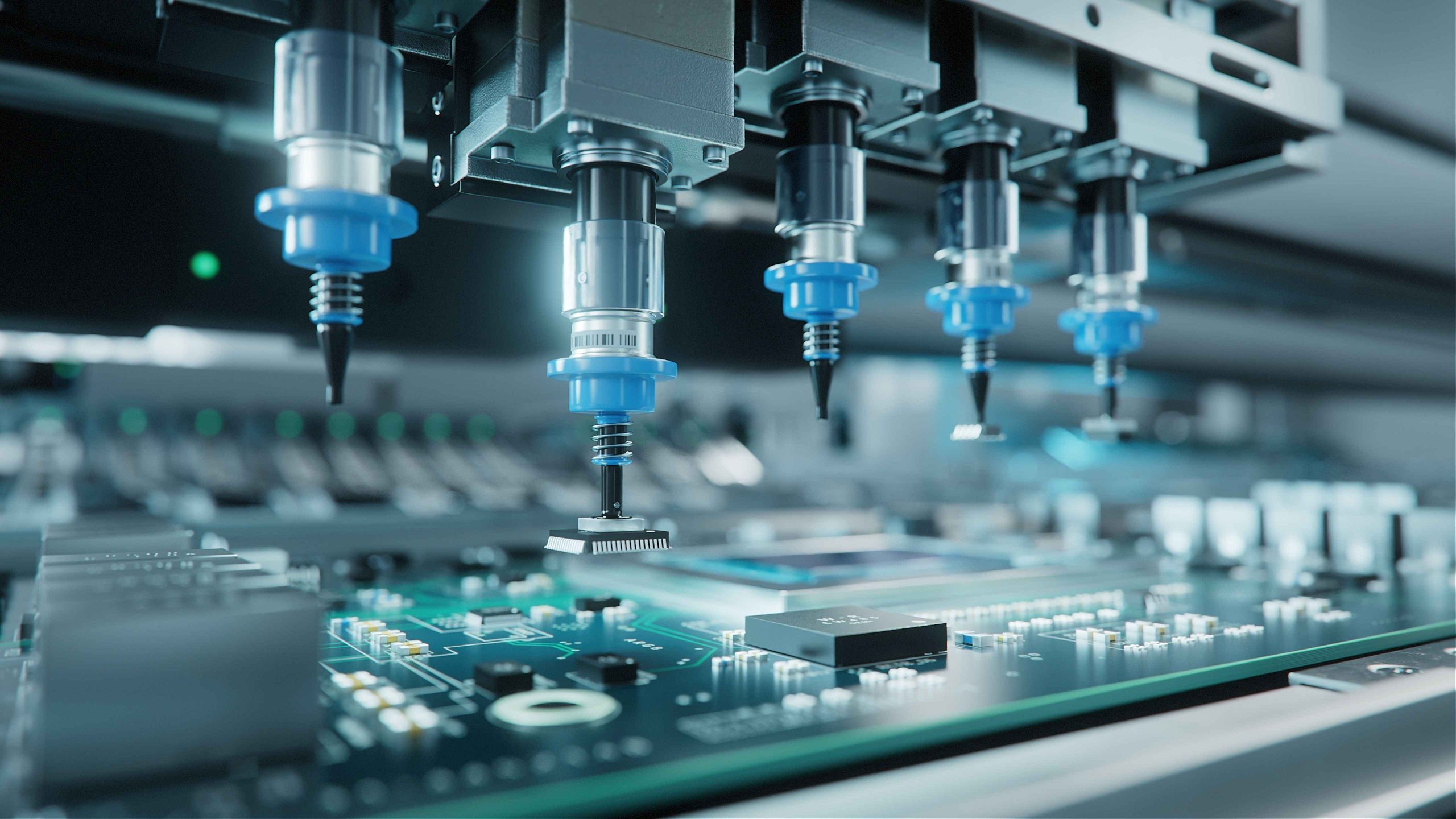In certain scenarios processing can be done locally in the device processing unit to save time, bandwidth or generate critical alerts. Such capabilities lead to edge intelligence in the solution also called as edge compute as seen in the image. Typically sensors are inside the end devices such as windmills, factory equipment, connected cars or retail shopping trollies and these sensors communicate with gateway or smart hub that do more complex processing and enable long-range internet connectivity with the cloud.
IoT device manufacturing ecosystem comprises participants including but not limited to OEM, ODM, Embedded Designers, Firmware Developers, Hardware Architects, PCB Designers, EMS service providers, Mechanical Designers, Testing & Validation Labs, Certification bodies and so on.
IoT device design needs to be highly reliable, modular, secured and economical with the capability and capacity to both prototype and mass manufacture. Device productization with a scalable first mindset is the key and here are 7 steps to consider:
1. Ideation:
Detailed requirement analysis of the use case is key to design an optimal architecture and firmware logic with consideration for price, form factor, security, interfaces, data transfer support, edge analytics among others. Ideation also helps to analyse if off-the-shelf or a readymade device may fit the requirement and if matches a minimum of 80% then it is advised to customize the available design.
2. Hardware Design:
The next step is to design electronics and mechanical parts. Electronics starts with a block diagram of the PCB with all interfaces, modules, components and interaction with the application layer for example 4G module + Wi-Fi chip + Battery + Antenna + Memory for a simple 4G based tracker. The hardware designer then creates a detailed architecture diagram with modularity as a key driver to keep design not tightly coupled with the component make but as much as possible agnostic to chip or module provider. It is best to keep the design flexible enough to make changes and design for an 80% match as 20% customization is always expected in IoT. For example, a customer needs WiFi + BLE so instead of choosing Wi-Fi only chip if the price permits than select ESP32 that supports both but maybe keep architecture flexible to support ESP12 (Wi-Fi only)and ESP32 both. Mechanical designer works with electronic designers closely to ensure the enclosures and other mechanical design considerations meets product requirements such as IP67 rating.
3. Firmware Design:
The selection of programming logic to support the use case goes hand in hand with the hardware design hence the consideration should be for a reliable low power embedded architecture that can run on the hardware and fits memory and power requirement. Data security and encryption (ex: AES 256) is a crucial design driver to protect data stored on the device or transported from the device to the network. Choosing hardware with a good developer community and resources will help to develop firmware in time.
4. Prototyping:
Building MVP prototype with the electronics and firmware to test functionality and performance requirements with possibly off the shelf or 3D printed enclosures without investing into tooling/moulding cost upfront will reduce sunk cost. A prototype can be created at a lower cost and given to customers for testing and validation. However, DFM (Design For Manufacturing) processes should be adopted to ensure the final design is manufacturing friendly and can help to keep the cost per unit low.
5. Value Engineering:
Post sample approval you can optimize the BOM (bill of material) to ensure we do not compromise on the quality of electronics or mechanical components but bring the price down to stay competitive. Volume, component type and power of negotiation all help to add value i.e. value engineering or analysis can lead to customer satisfaction and repeat business.
6. Testing & Certifications:
Post finalization of the BOM and samples, we move to the final UAT and validation to ensure the product in its close to final form supports all functional and non-functional parameters and KPI. If any certifications, which could be costly and time-consuming such as FCC, CE, BIS, ATEX, IATA, FAA, etc. should be taken up at this step.
7. Mass Manufacturing:
Finally, when it comes to mass manufacturing it is key to optimize lead time and process cost in order to reduce production price per unit assuming a reasonable volume. The driver of an uninterrupted product is the availability of raw material and hence strong supply chain management of all input material (electronic, mechanical, consumables, etc.) with proper inventory management must be in place. Processes & machine settings on the SMT and assembly lines need to be well defined and must be in line with traceability solutions to capture the raw material information. Additionally testing details, packaging, documentation for quality assurance and shipping information should be handy and ready.
Building a modular device is easier said than done hence approach adopted should be with a clear understanding of the market needs, product use cases and variability in the customer requirements. At times it is fine to have 80% close to the final product ready with one or two variants available for demo and flexibility to customize the design.
Napino, one of the leading electronic component manufacturer in India with a strong design team use world-class equipment and standards with state of the art facilities. It leverages MES, SMT, SAP and Siemens to adopt Industry 4.0 standards and applications to ensure low lead time with high-quality output at a competitive price. You can connect with us at info@napino.com or
About author
Vinay Solanki has 16+ years of experience in business development, sales, strategy, partner management, marketing and engineering within domains such as manufacturing, telecommunication, computing and investment banking. He is currently GM & Head Digital Solutions at Napino and has worked at Lenovo, Bharti Airtel, Goldman Sachs, and TCS. Vinay holds an MBA from IIM Ahmedabad and is the founder of the world’s 3rd largest IoT community IoT NCR with 8000+ members. He is recognized as a global top 20 thought leader in IoT and analytics by Thinkers 360. He is a TEDx speaker and member of NASSCOM, DoT TEC as well author on Your-Story, EFY, IoT Central and international media.
LinkedIn: https://www.linkedin.com/in/vinaysolanki/
Twitter: @vsolank1






